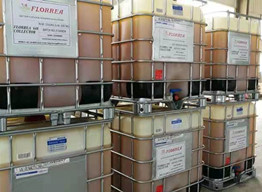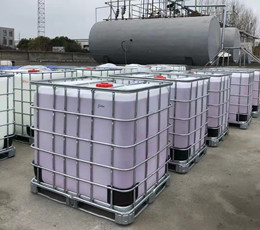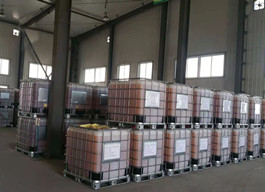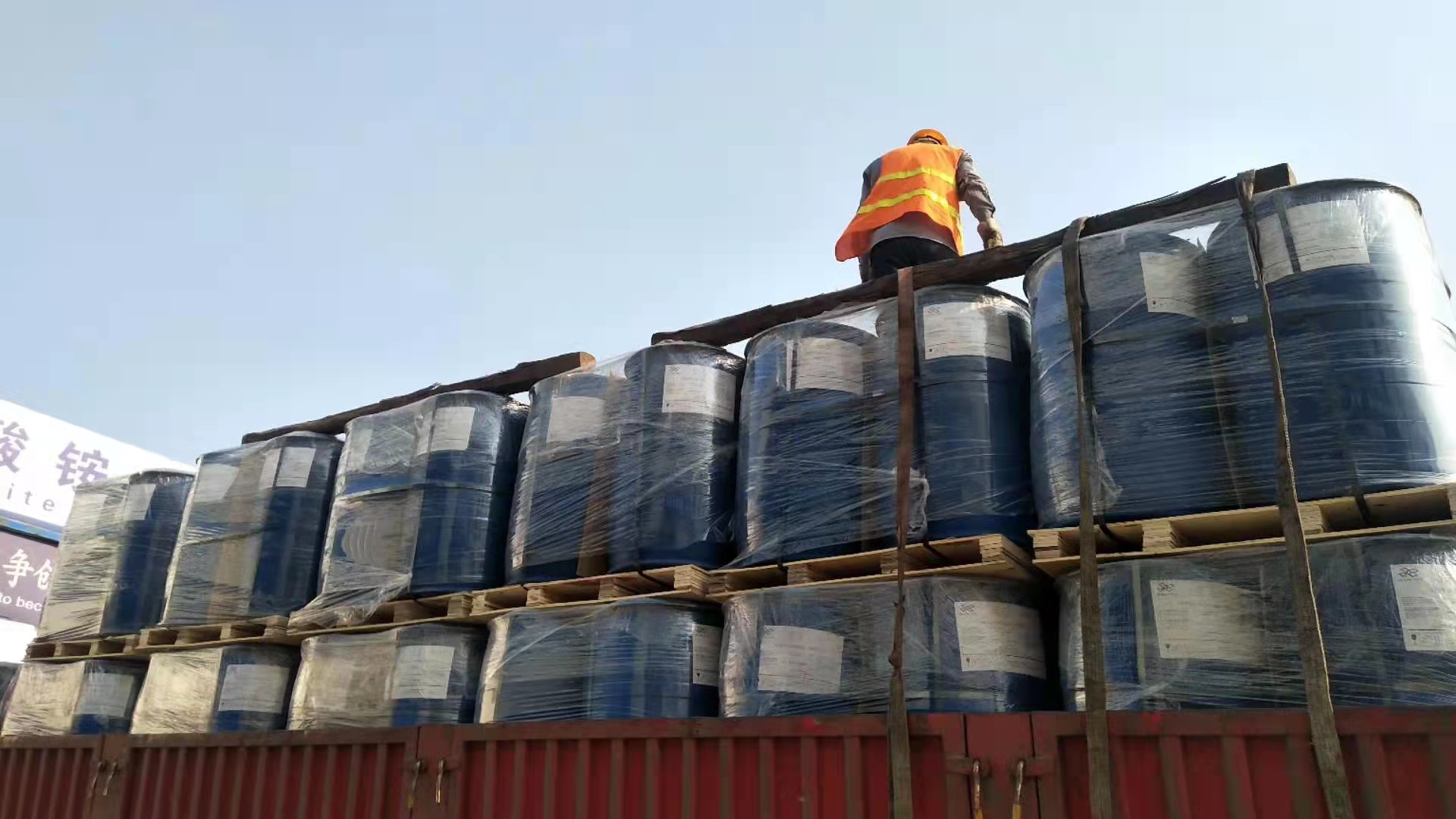
Copper Depressants
D174 and D177 are eco friendly depressant which can completely replace sodium hydrosulfide(NaSH) in copper molybdenum separation as copper depressants and are successfully applied in giant copper and molybdenum mineral flotation.
Florrea DECOPPER® series Copper Depressants
as NaSH replacement for Copper-molybdenum Separation
Florrea DECOPPER® series depressants
D174 and D177 are eco friendly depressant which can completely replace sodium hydrosulfide(NaSH) in copper molybdenum separation as copper depressants and are successfully applied in giant copper and molybdenum mineral flotation.
Shenyang Florrea Chemical Co., Ltd. has recently developed two new copper depressants Florrea DECOPPER® D174 and D177 for copper-molybdenum separation, which can effectively improve the grade of molybdenum concentrate and reduce the copper content in molybdenum concentrate.
Wherein DECOPPER® D174 can be used alone to replace sulfide depressants, the dosage is one-fifth to one-tenth of the amount of conventional sulfide depressants; sometimes it needs to be used in conjunction with DECOPPER® D177 to replace sulfide depressants.
Advantages of DECOPPER® D174 and D177 over conventional depressants:
√ Completely replaces conventional copper depressants like
NaSH (sodium hydrosulphide) ,Na2S( sodium sulfide) etc.
√ The dosage is lower and easy to be added.
√ Low toxicity and environmental friendly, no hydrogen sulfide gas will be produced.
√ The residual reagent is low and does not affect the discharge and recycling water.
√ Production control is convenient and there is no need for further adjustment of the pulp potential and pH.
In copper-molybdenum separation flotation, Mo content is about 0.2-1% and Cu content is between 20-30% in bulk concentrate. As the Cu content is much higher and Mo content is low, so in most of the industrial production, Mo is floated by adding Mo collector and Cu depressant is used to depress Cu minerals and pyrite.
The conventional Cu depressants are as followed:
1. Sulfide
Sodium sulfide(Na2S), sodium hydrosulfide(NaSH) and ammonium sulfide can be used to depress copper minerals and pyrite.
There are two main statements about the principle of action:
→ First of all, the S2- and HS- produced by the dissolving of this type of sulfide in water will destabilize and strip off the collector on the surface of copper minerals, even if it cannot be completely striped off, the large quantities of S2- and HS- also can wrap the surface of copper minerals to make them hydrophilic thus to reduce the floatability;
→ secondly, the addition of sulfides changes the pulp potential, and excess sulfides make the pulp potential reach -500mv, the floatability of copper minerals are reduced under certain low pulp potential.
→ In actual production, sulfide will be rapidly oxidized due to the aeration of flotation machine, so that the usage of sulfide increased, the use of nitrogen has been introduced at some foreign plants, it can help to reduce oxidization and consumption of sulfide.
Disadvantage
The use of sodium hydrosulfide is easy to produce hydrogen sulfide gas, which will bring danger to production.
2. Cyanide
Sodium cyanide and sodium ferrocyanide are generally used in conjunction with sulfides, which are added to cleaning circuit to depress residual copper minerals.
Disadvantage
But cyanide makes highly toxic agents, while residual CN-can cause serious pollution to the environment.
3. Nokes
Nokes are divided into phosphorus and arsenic Nokes.
→ Phosphorus Nokes comes from the reaction of phosphorus pentasulfide and sodium hydroxide,
→ Arsenic Nokes coms from the reaction of arsenic trioxide and sodium sulfide.
Disadvantage
Nokes reagents are equivalent to the deformation of sodium sulfide, the dosage is lower than sulfide and has a long effective time, but contains phosphorus and arsenic, which pollutes the environment and concentrate quality.
4. Other organic depressants
→ Mercapto-type depressant
Mercapto reagents mainly include sodium mercaptoacetate and mercaptoethanol, which contain SH and OH groups in their structure, in which the SH group acts with copper minerals and OH groups make copper minerals surface hydrophilic, thereby achieving the effect of depressing copper minerals.
Disadvantage
Mercapto reagents may lost the strength in actual production, and it has strong smell, which will affect the environment of the plants.
→ Carboxymethyl trithiocarbonate
Chevron Phillips developed a disodium salt (D8) of carboxymethyl trithiocarbonate, demonstrated in experimental studies to depress copper minerals and it is said that no real application.
→ Thiourea agents
The structure of such agents contains thiourea groups and hydrophilic groups, the thiourea group act with copper minerals, and hydrophilic groups make copper minerals hydrophilic and thus achieve the effect of depressing copper minerals.

Better mining reagents and solutions.innovative flotation reagents.
Creating Value for Environment, Society & Business
Related News
Tailings Management
Florrea partners with mineral processing companies to engineer tailings dewatering solutions that recover as much water as possible, giving you a more sustainable tailings disposal process while extending the life of your tailings storage facility and try to increase as much as possible the amount of a traditional tailings disposal solution – which ultimately helps to defer the heavy cost of building a new facility.
Zim container ship burns off coast of Canada
Zim container ship burns off coast of Canada
Florrea Dispersants
Florrea Dispersants




